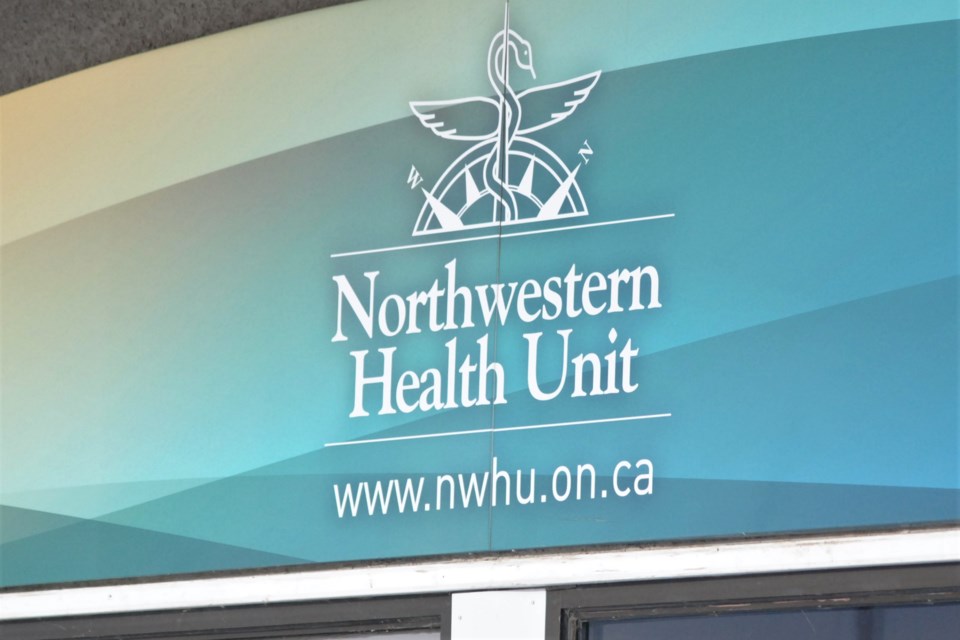The Northwestern Health Unit's most recent annual report shows the region is still dealing with the same systemic health issues that have been challenging Northwestern Ontario for some time.
The most recent numbers from 2021 show hospitalization from cardiovascular diseases, which include heart disease and stroke, are more than 50 per cent higher than the provincial average. For respiratory diseases, it’s more than 30 percent more and diabetes is over 200 per cent more.
“The fact that we have higher rates of some of these illnesses has been ongoing for some time,” said Dr. Kit Young Hoon, the health unit’s medical officer of health.
“Our overall mortality rate and life expectancy is also worse in our region compared to Ontario. You look at the hospitalization rate to get a sense of how big of a problem this is in our region.”
She said the Northwest has a large number of chronic illnesses at rates that are much higher than the province. She said in addition to cardiovascular disease and respiratory illness, injuries, particularly self-harm, are higher, as are unintentional injuries and alcohol-caused conditions.
She said the next question to ask is what is leading to this increased risk.
“We do know that in our region, smoking, the use of commercial tobacco is higher than Ontario as well as excessive use of alcohol or binge drinking there are also higher rates in our region. So that could be driving through the numbers,” she said.
“It's important for people to be aware that chronic illness is actually the greatest burden of disease affecting us and it's important to think about things like healthy eating physical activity, avoiding using commercial tobacco and then reducing the amount of alcohol you drink or being careful not to drink excessively,” she said, adding there's also a mental health and addiction aspect to the statistics that needs to be considered.
She said from a bigger system approach one area would be looking at food security to make sure that the people can access affordable healthy food.
“We do know that there is a food security is worse in our region. We have a higher cost of cost of eating well in Northwestern Health Unit’s catchment area,” she said. “Therefore, for a sector of the population where incomes are lower, that is challenging to get access to healthy food and so that can affect overall health.”
The report also detailed the number of opioid related hospitalizations and deaths being higher than provincial average, especially in 2021, where the health unit said death rates are more than twice the rate for the province.
Young Hoon said preliminary numbers for the next year show the rates are plateauing, but still high.
“We do also monitor [suspect death numbers] closely and I would say the trend is still high, but the trending up is not as obvious,” she said. “So it's important to try and figure out how to bring that down.”
Young Hoon wanted to highlight the fact public health operates in prevention, which saves money.
“When you wait for things to be to be treated, it costs more,” she said. “We're talking about hospital services, medication, all that and so on, which is very expensive. By spending money earlier on to prevent disease, it actually saves money in the long term.”
She said immunization with vaccines was a good example.
“Every dollar spent on immunizing children with measles, mumps and rubella vaccines, it saves $16 in health care costs,” she said. “The other one I always feel it's important to highlight is the importance of investing in early childhood development and care [where every dollar spent] saves up to $6 in future social spending."
She said by focusing spending on prevention, it reduces cost later on and of course, improves wellness of the population.
Young Hoon also wanted to recognize the hard work of the staff at the health unit, especially during the pandemic.
“They continue to work hard, if anything it feels almost like the work has gotten harder after the pandemic because we had to go through a period of readjustment, refocusing. There were so many backlogs that we had to address and then deal with almost as soon our recovery phase ended.”
This included dealing with sexually transmitted and blood-borne infections which has become a bigger issue in our region; a backlog with vaccination rates, which included ramping up services on childhood vaccines at clinics and schools; and being more diligent with inspections through their environmental health department, as they went through a period of time where inspections were not occurring.
“It's, again, a greater workload on all the staff and they stepped up,” she said.
